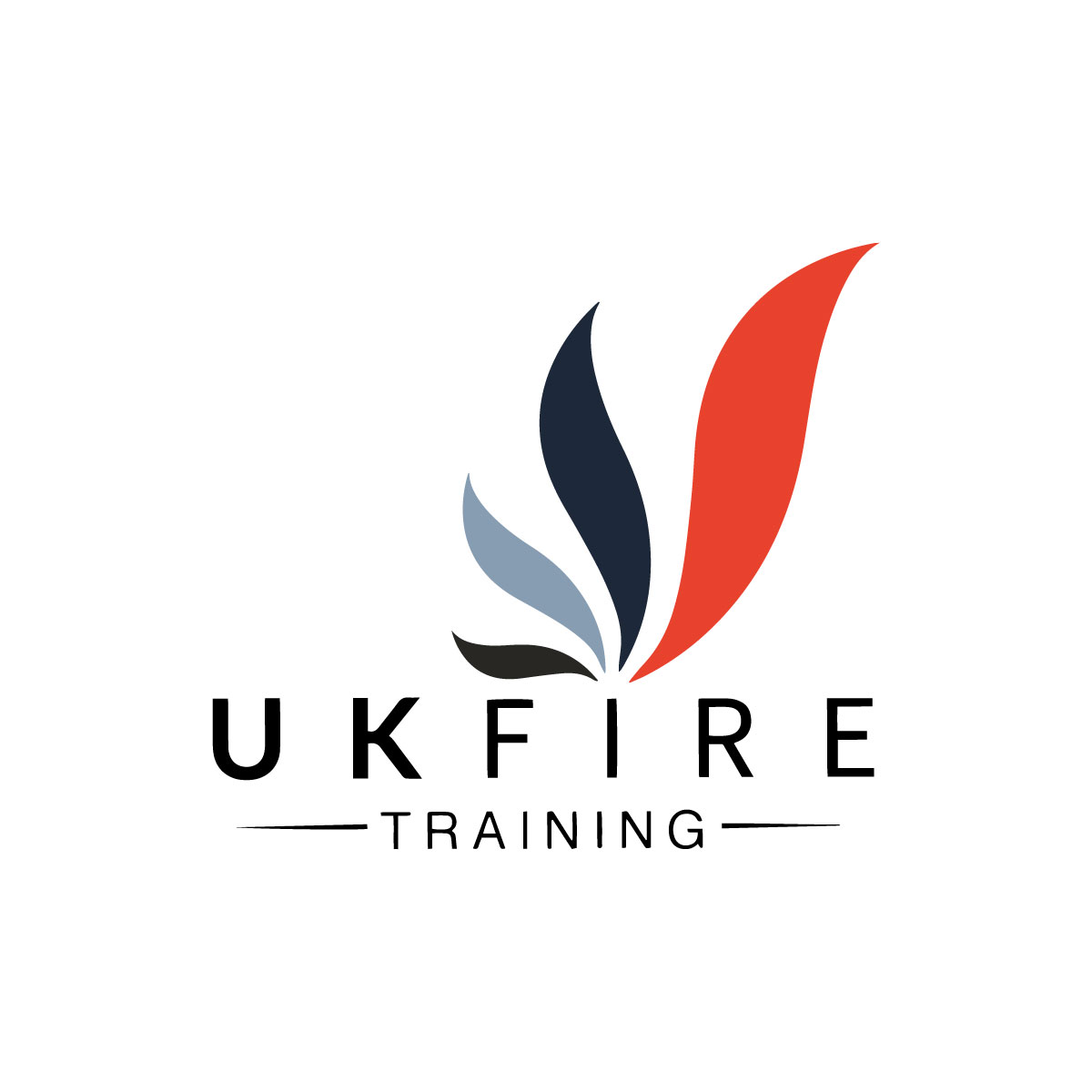UK Fire Training

UK Fire Training offers a comprehensive portfolio of onsite fire safety courses aimed at all levels of staff across all business sectors. With our network of trainers across the UK you can be assured that whether you are in Lands End or John O’Groats or anywhere in between we can deliver your fire training requirements.
If it’s an accredited course or a tailored course bespoke to your organisations activities, face to face classroom or online that you are looking for, we have plenty of options for you to choose from. This means you can choose the course, method and style that is right for your employees.
UK Fire Training provides training to over 20,000 delegates every year to some of the UK’s largest and best known companies to small family run firms.
If you can’t see the course you are looking for from our selection or want something a little different call us to discuss your requirements.

Contact Us
UK Fire Training
1a Birchfield Road
Headless Cross
Redditch
Worcestershire
B97 4LB
At UK Fire Training, our services are available 24 hours a day, 365 days a year. Whatever your training or support requirements, we will endeavour to meet your needs.
To book a course or to find out more, call us today on 0800 216764, email us at info@ukfiretraining.com or simply complete this enquiry form.